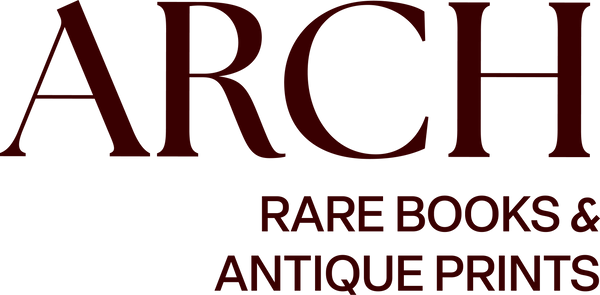Collections
The Unique Charm of Original Hand-Coloured Antique Prints
One of the most captivating aspects of collecting original hand-coloured antique prints is their inherent individuality. Each print, meticulously worked on by hand, possesses subtle variations in detail and brushwork. While two prints from the same edition may share a general appearance, a closer inspection reveals unique nuances, effectively making each piece a distinct original. This personal touch elevates these vintage prints beyond mere decoration, transforming them into singular works of art.
Why Collect Antique Prints?
Beyond their undeniable beauty, antique prints offer exceptional value and a tangible connection to the past. The quality of craftsmanship found in these historical prints is often unmatched, and replicating such artistry today would be significantly more expensive. More than just decorative items, antique prints can tell your personal story. Many collectors are drawn to prints that resonate with their passions and memories. Whether it's a collection focused on a specific era, a particular theme like fashion, or a subject that holds personal significance, antique prints provide a unique way to express individuality and curate a meaningful collection.
Understanding "Original" Antique Prints
The term "original" in the context of antique prints refers to pieces created using the traditional techniques of their time. This includes methods like:
Original Copperplate Engraving: Prints produced from engraved copper plates.
Original Lithograph: Prints created using limestone blocks.
Original Aquatint: Prints made using an etching technique that creates tonal effects.
The specific printing technique employed often serves as an indicator of a print's age.
Dating and Provenance
Many original antique prints feature the publisher's name and publication date at the base. However, when a print has been separated from its original folio (a "orphaned" print), experts rely on their knowledge of publishers, engravers, paper types, and printing techniques to determine an approximate date, often denoted as "circa."
Historical Context of Publication
Historically, publishers frequently released illustrations in installments to subscribers, making these publications more accessible. This practice resulted in illustrations being published over extended periods.
Furthermore, patrons often played a crucial role in supporting artists by funding their work. These contributions could take the form of commissioning voyages or scientific investigations, effectively "purchasing" the resulting artwork through installment payments.
The Art of Hand-Colouring
In the era preceding widespread colour printing, antique prints were meticulously hand-coloured. This process, often carried out in workshop-like settings by skilled artisans, including women and children, resulted in surprisingly high-quality results.
Authentic hand-colouring is typically contemporary, meaning it was applied at the time of the print's original publication. This adds to the historical significance and value of these remarkable pieces.







